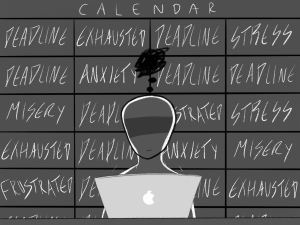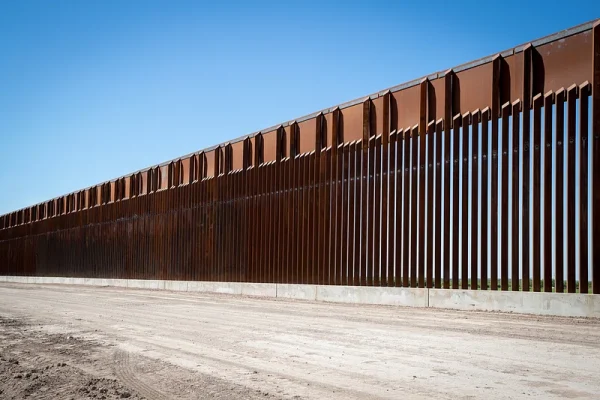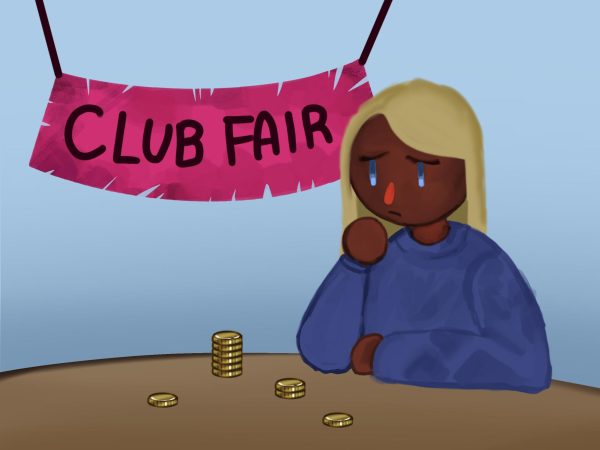Child abuse and sexual assault allegations plague the Australian Catholic authorities

Jamestown Catholic Church in rural Australia.
March 8, 2019
Please be aware this article contains graphic content that may be disturbing to some readers.
George Pell, once one of Pope Francis’s advisers, is now the most senior member of the Catholic Church to be convicted of child abuse. In Dec. 2018, Cardinal Pell was found guilty of five charges of abuse against two choirboys in the 1990s. Pell was subsequently expelled from a group of papal advisers. In the first trial, he was accused of forcing oral sex onto a 13-year-old boy after Sunday Mass in St. Patrick’s Cathedral in Melbourne, Australia while he was archbishop and of an assault in which he grabbed a boy’s genitals. The second trial that was later dismissed planned to focus on allegations of three instances of child sexual abuse dating from February 1974 to 1978 when he was a parish priest in St Joseph’s boys’ home in Ballarat, Australia. The verdict in the first trial was subject to a suppression order that barred publication of any news related to the case, citing concerns that coverage might influence a jury in the second trial; however, on Feb. 26, 2019, the second trial was dismissed, leading the judge to lift the gag order.
In the second trial, the jury was expected to hear testimony from three complainants, all of whom were children at the time of the alleged assaults. Pell, along with the trustees of the Sisters of Nazareth, who were responsible for the management of St Joseph’s, the state of Victoria and the Catholic archdiocese of Melbourne, were sued. The complainants were referred to as the ‘swimmers’ for they were allegedly sexually assaulted by Pell in a swimming pool in Ballarat. One man accused the cardinal of touching his genitals on multiple occasions from 1978 to 1979 when they visited a local swimming pool. Another said he had also been abused at the pool between 1977 and 1979 and the cardinal had touched his testicles when he was thrown into the water by Pell. The third man recounted being hit in the face with Pell’s erect penis in Lake Boga in 1975 or 1976 as Pell explained to him that that was “only natural.” One of the three plaintiffs also recounted nuns rubbing excrement onto his mouth, being beaten in the face and unable to consume food as a result, of injuries to his face.
Under Australian law, a judge may accept and use such evidence if its probative value outweighs the risk of prejudice against the defendant. Judge Peter Kidd of County Court in Victoria ruled that it did not and subsequently dropped the case.
Pell himself dismissed the victims’ detailed complaints as a “product of fantasy,” “disgraceful rubbish” and “madness.” Pell’s lawyer claimed that the numerous accounts of child abuse were “no more than a plain vanilla sexual penetration case where the child is not actively participating” and that if the victims were “truly distressed” after the abuse, they would have exhibited that distress. Former Australian Prime Minister John Howard even provided “character references” for Pell to appeal for a lighter sentence.
The Pell trial is a manifestation of the victim-blaming and suppression culture that thrives under the current judicial and social system. One judge and his gag order shaped the way the world will forever remember the sufferings of the children and the crimes committed and disguised by the Catholic Church’s lack of action in order to protect abusers.
























